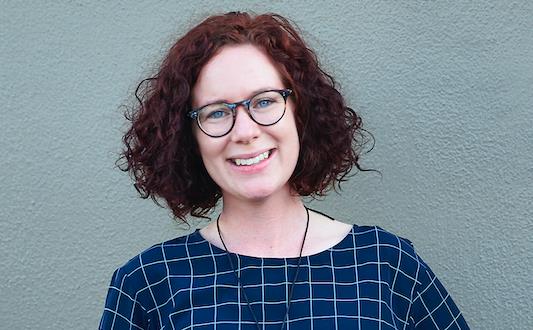Noise is often understood as purely auditory, as something perceived through only one of the five senses. As Fiona Murphy points out in her insightful memoir, The Shape of Sound, noise is received by the whole body, and impacted by our environments, our society, and politics. Deep bass sounds pulse, music can make goosebumps. Voices don’t need to be audible to be understood, as the skills of lip readers demonstrate. Tinnitus, which Murphy experiences, has no causal sound wave at all, it is noise manufactured and mediated by the brain.
Murphy suspects that Winston Churchill appreciated the spatial nature of sound. He was keen on reconstructing a tight-walled House of Commons after the Blitz, perhaps because this configuration would benefit someone undergoing a hearing loss (a condition he never publicly alluded to). Murphy, deaf herself, reflects, ‘I try to imagine what it would be like if all buildings were designed to keep conversations lively and robust. Buildings where I wouldn’t need to press myself into walls to avoid sinking in the swell of sound.’
The Shape of Sound is an embodied book, informed by Murphy’s own training as a physiotherapist. She attends in fascinating detail to the body’s autonomy, and the physical stages of sound (attack/decay/sustain/release) that the book is organised into sections around. This biological and technical detail is woven with a more subjective, impressionistic account of Murphy’s life as a d/Deaf person. As she explains, ‘deaf’ (lowercase) describes a medical condition, while ‘Deaf’ (uppercase) describes a diverse community of people with its own languages and cultural heritage. The Shape of Sound offers space for both perspectives, but ultimately concerns her hard-won journey towards identifying as Deaf.
A particularly memorable stage in that journey is Murphy’s description of her hearing-aid trial and the overstimulating cacophony that resulted. Exhausted by sounds of footsteps, her own hair, the mesh of crowd noise, Murphy viscerally illustrates how disturbing this sudden influx of impressions are. This incident shifts her thinking on deafness: ‘I hadn’t realised just how much I was banking on the hearing aids as my backup plan. It was a terrible and formidable thought: this is it, you better make the most of it.’
Over time, Murphy begins to learn Auslan, to move away from secrecy about her deafness and towards conceiving ‘Deaf gain’: ‘It has taken me years to accept that my way of listening is in no way diminished compared to that of hearing people. While I have to work harder, my attentiveness and synaesthesia has allowed me to see, hear, taste and feel the unexpected or even extraordinary within the seemingly mundane.’
Disabled voices are often adept at picking apart concepts – like sound – that are assumed to be straightforward, and exposing their underappreciated richness and complexity. As Murphy writes, ‘Deaf people spend their lives listening with their whole bodies. They know that noise is more than just sound.’ The Shape of Sound’s compelling approach to sound, society, and disability contains the means to experience the world and the body in a deeper way.
5 stars: ★★★★★
The Shape of Sound
By Fiona Murphy
Text Publishing
Paperback, 320pp, $34.99
ISBN: 9781922330512





